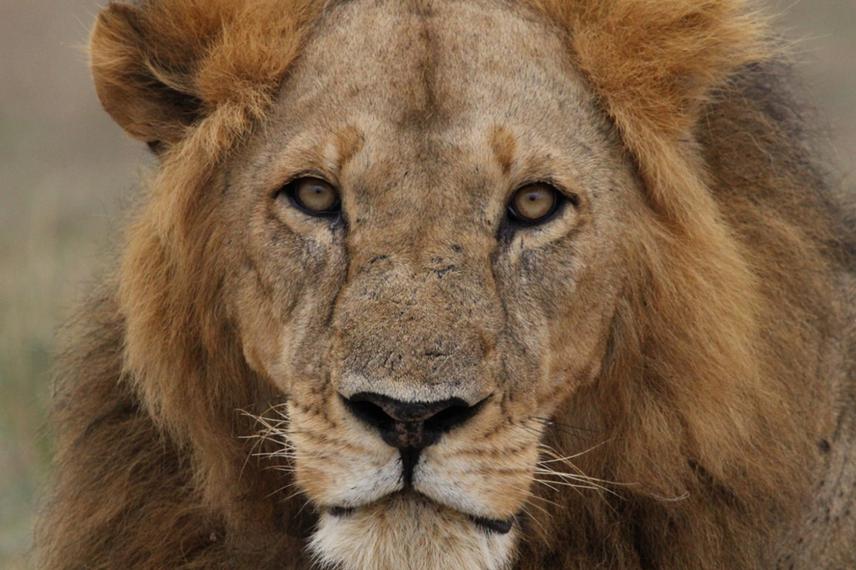Tutilo Mudumba
Other projects
26 May 2020
Who Are the Living Dead? The Cost of Non-Lethal Injuries to Wildlife in Murchison Falls National Park, Uganda
This project aims to minimize human-wildlife conflict in and around Murchison Falls Conservation Area by improving peoples’ livelihoods.
The specific objectives of this project are to:
(i) Support Uganda Wildlife Authority (UWA) rangers in the removal of wire snares from the national park,
(ii) Provide employment for youth, that are likely to become poachers, to turn snares into wire sculptures of wildlife, and
(iii) Develop distribution pathways to sell this art both locally and internationally.

Rafael, new prode head.
This project focuses its efforts at one key site for carnivore conservation in Uganda, the Murchison Falls National Park (MFNP) and Pakwach town on the northern periphery of the park, both located in the greater MFCA. MFNP is the largest National Park in Uganda yet holds the smallest population of lions and hyaenas in Uganda. Lions are listed as Convention of International Trade in Endangered Species (CITES) Appendix II and are regarded as ‘vulnerable’ by the International Union for the Conservation of Nature (IUCN) Red List.
The community land to the north of the park is occupied by recent settlers who lived in internally people’s displaced camps (IDP) for most of the two decade war between Kony and the government of Uganda and is ranked among the poorest in Uganda.
There is no direct benefit for the local community from the tourism industry which is the main income generating activity in the area and traditional ecotourism does not involve visitors coming into Pakwach town to buy or engage the locals. The interaction with wildlife that people in this community experience is chiefly negativistic. People have resorted to illegal wire snaring of wildlife as many youth are easily recruited into the vice for survival. Wire snaring is an act of desperation as the meat from wild animals, because of the black-market stigma, is not widely appreciated. Wire snaring has aggravated the already sour relations between the community and the park management.
Through a community based conservation intervention –Snares to Wares Initiative, we are working to improve the security of existing livelihoods and enable Uganda Wildlife Authority (UWA) park rangers to locate and remove wire snares more easily. The community in Pakwach are originally artisans that predominantly make reed baskets. We are building upon the inherent artistic skill in the community and modify the output so that it involve the construction of sculptures from wire snares. We are converting an agent of destruction (wire snares) into pieces of art beautifully sculpted into a lion, an elephant, and a giraffe. The wires, removed from the landscape, are now crafted into representations of the exact animals that they previously killed. By putting a premium on freely available wires, we expect to see a decrease in the killing of carnivores and other wildlife inside the conservation area and an overall raise in local welfare.